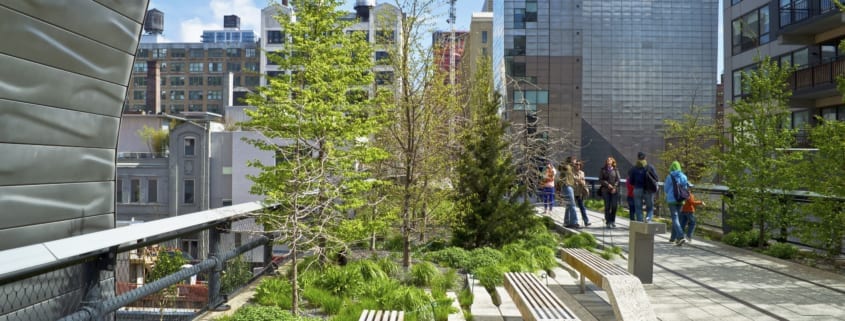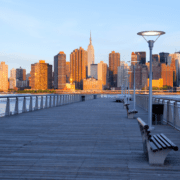Adaptive Reuse – Preserving Culture in the Face of Progress
While many use the number of cranes in the sky and demolition crews on the ground to measure the progressiveness of a city, adaptive reuse gives a different meaning to the word progress. Today’s growing cities sometimes feel void of character and history: beige plaster and brick rectangular apartment buildings replace aging edifices and homes that used to line the streets of the old neighborhoods with the closest proximity to city centers. Blocks of older structures are bulldozed to make way for brand-new high-rise buildings and skyscrapers. But a blank slate is not necessarily required to accommodate the needs of the modern world. All that is needed is a little creativity and some appreciation for the architecture that once played a vital role in the lives of a city’s inhabitants.
That is where adaptive reuse comes in. Also known as property rehabilitation or historic redevelopment, adaptive reuse aims to rescue discarded, unkempt buildings from a destructive fate and find them a new purpose. Present and future needs of a city or community are addressed while preserving the past and rich histories of buildings through renovation and rejuvenation.
The motivations behind an adaptive reuse project are sometimes altruistic. Sustainability, historical preservation, community morale, or the creative challenge might be reason enough for a developer to undertake such an endeavor. But there are also some fiscally practical benefits to such projects. Retention and rehabilitation of existing buildings reduces cost and consumption of building materials, resources, energy, and water needed for new construction.
Continuing reading to learn about some common types of adaptive reuse in commercial real estate today.
Historical Preservation
The goal of a historical preservation is to return a renowned building or structure to its original state. These types of projects certainly come with their own unique set of challenges though. Modern energy conservation standards and building performance goals are oftentimes the biggest, and most costly hurdles in getting a project like this across the finish line. One of the most notable examples of historical preservation is Ghirardelli Square in San Francisco, a chocolate-manufacturing facility turned tourism destination.
Renovation
Renovation is an effort to replace parts of a building that may be decaying or in disrepair. Oftentimes, the structure and exterior are preserved while the interior is completely new and different. A common example of this is when a developer converts an old church or school into a retirement living or apartments.
Facades
The use of one or more exterior walls of a structure as a facade gives a new building a historic look while concealing a brand new modern and energy efficient construction. Used mostly for decorative purposes, facades are an effective way to preserve the curb appeal older buildings can provide without sacrificing convenience, functionality and practicality that a 21st century facility offers. The rise in popularity of facadism is often credited to 1980s Washington D.C., where the desire to preserve history intersected with a growing disenchantment towards modern architecture and favorable taxes breaks for investment in historic structures.
Infrastructure
Repurposing of outdated infrastructure to accommodate modern urban society is becoming a more common occurrence. One of the best examples of this is decommissioned highways, railways, and waterways being used to create linear parks and green space. A linear park is an urban park that is considerably longer than it is wide. Linear parks are often ideal for activities such as walking and jogging. They also allow a large number of people to live within close proximity to a green space. Examples of these parks include The High Line in New York and the Rose Fitzgerald Kennedy Greenway in Boston.
Whether the goal of an adaptive reuse project is historical preservation, sustainability, or frugality, providing new life to old structures is a great way to embrace a community’s past, present, and future at the same time. An old factory is converted to a museum, a rundown church is transformed into a restaurant, or an abandoned mill becomes luxury loft apartments. Often referred to as rehabilitation, redevelopment, or turnaround, adaptive reuse is becoming a movement of sorts. It has united environmentalists, preservationists, and local citizens looking to protect and save the history and memories that make up the foundation of their communities.
Just like adaptive reuse, the Opportunity Zone initiative has garnered a lot of attention over the last several years and real estate investor are beginning to recognize just how perfect a match the two are. Many distressed urban areas that have been designated as Opportunity Zones are obsolete industrial sites that are ripe for redevelopment. To learn more about the what, why and how of opportunity zones, download the free eBook!











